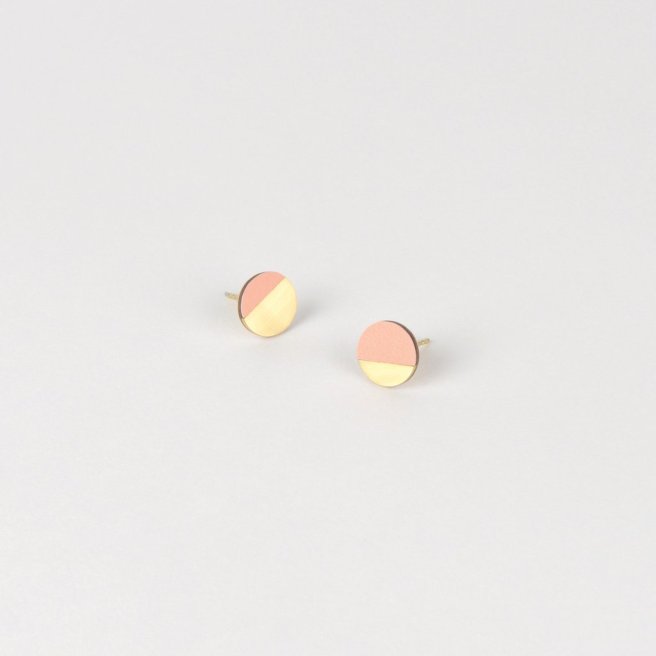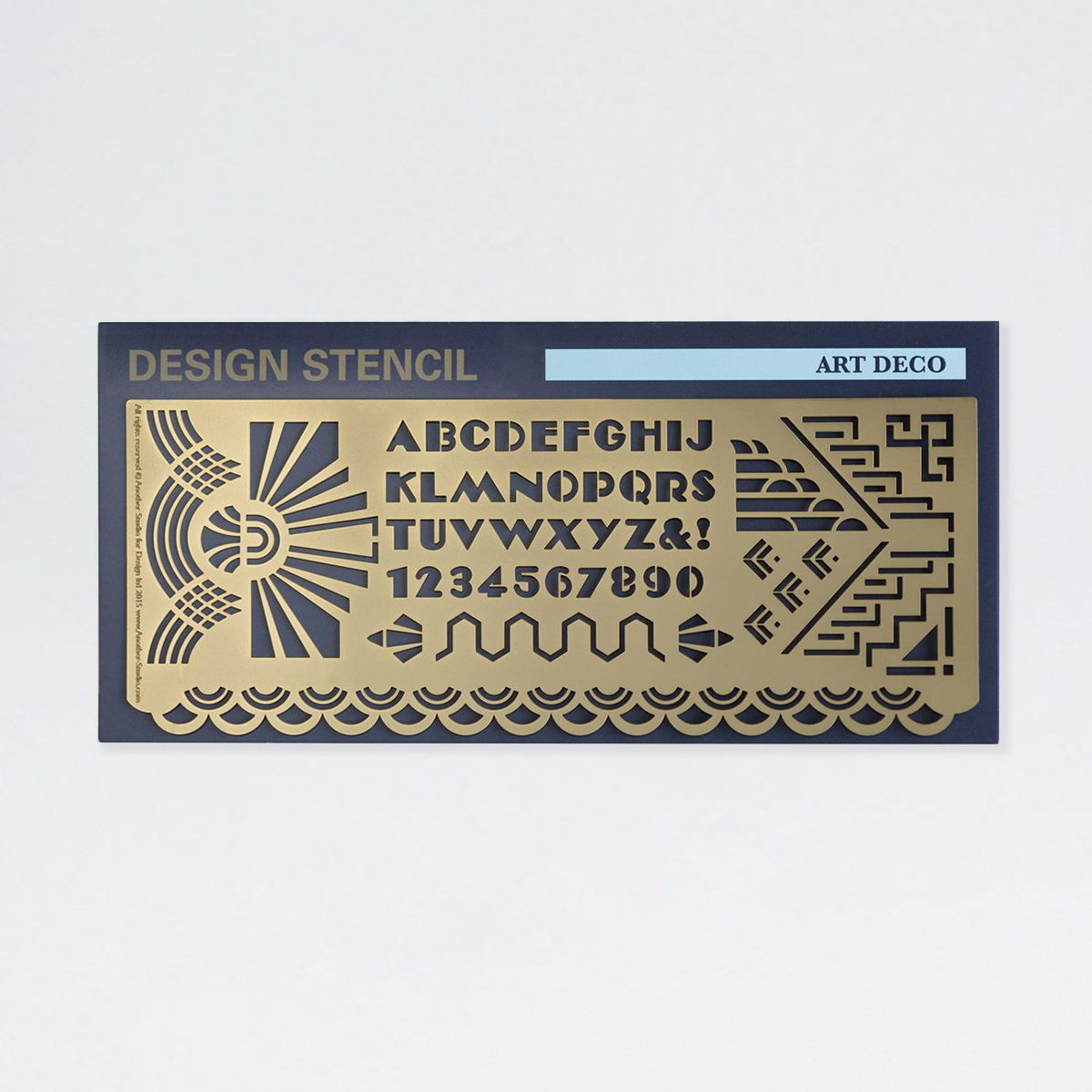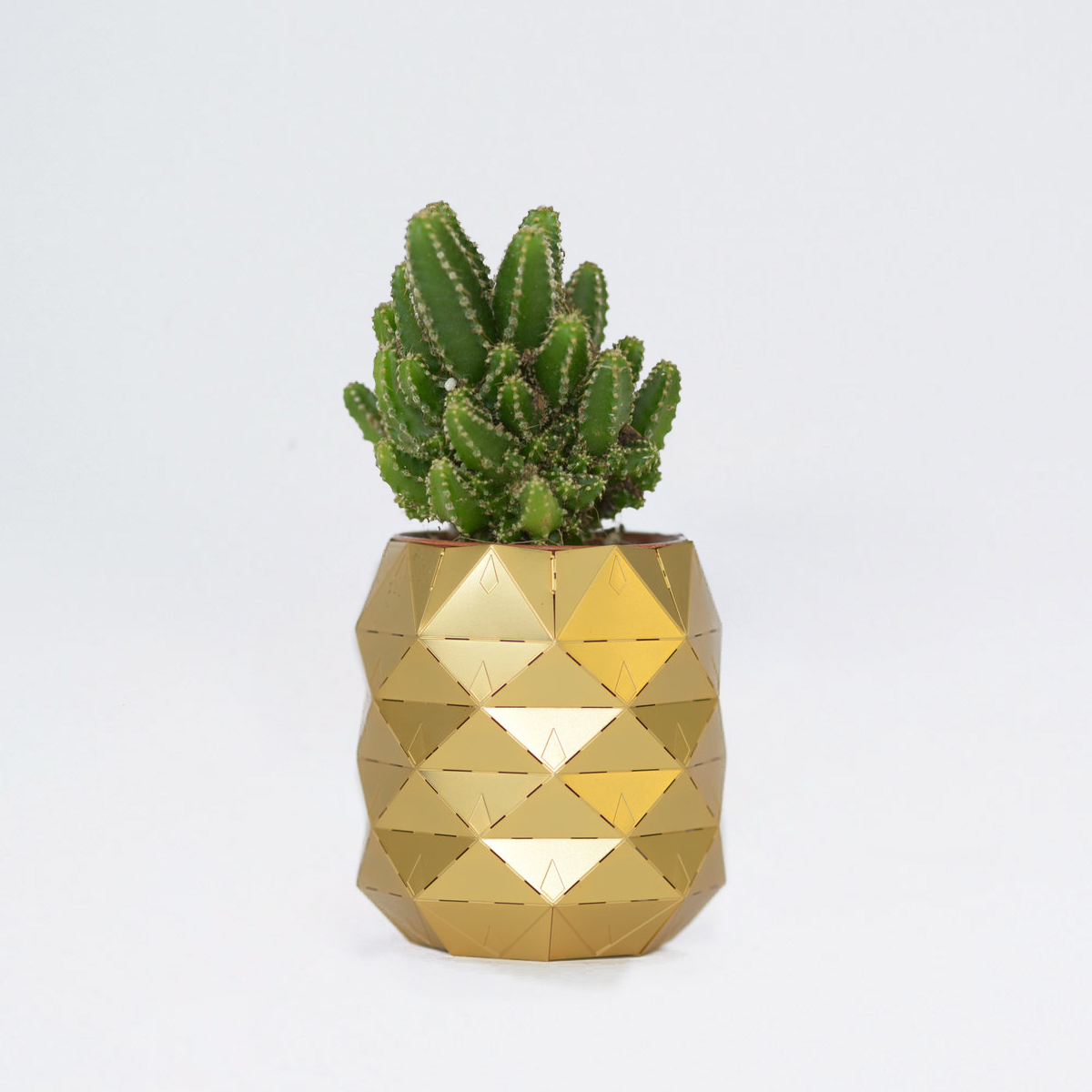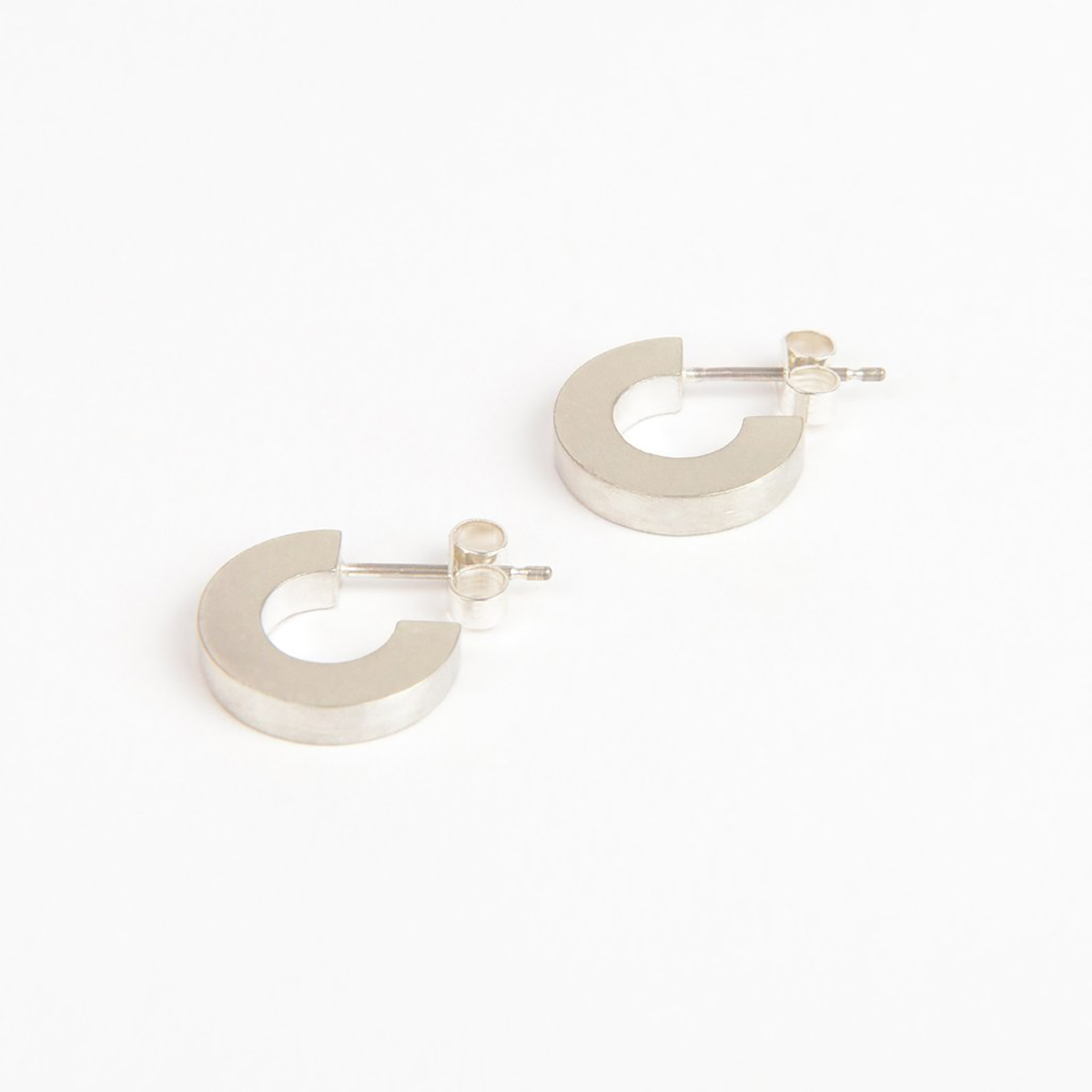by Dan Barton
Allow your mind to wander back in time… to the bustling streets of Victorian London.
Imagine the feel of the cobbles beneath your feet. Your path ahead is lit by smoke-hazed gaslight.
You come to the Ten Bells pub. It’s perched on the corner of Commercial Street, in the Spitalfields district of the East End:
Whitechapel.

The pub stands a full 3-floors high — casting an imposing presence on the street below. Even for those who don’t know the spooky history of the Whitechapel district, it’s the sort of building that sends an invigorating chill down the spine.
And if you were to decide there was something haunted about the place, you’d find many of the Ten Bells’ regular clientele nodding their heads in agreement… as they knock back vintage ale from silver-plated tankards.
Many of London’s pubs are steeped in legend, of course.
But it’s only the Ten Bells that is famous for being the suspected watering-hole of Britain’s most infamous serial killer.
Compelling questions (and clues to answers)
Part of the enduring fascination with the Ripper legend is that the facts are generally as smog-obscured as the Whitechapel streets:
Who, for example, was Jack the Ripper? What was his real name?
More questions:
Did the police interview him, perhaps, and then release him? Or was he never apprehended at all?
The possibility exists that we’ll never know the answers to these compelling questions.
But what we do know is that at least two of Jack’s victims had links to the Ten Bells pub — with some Ripper experts convinced that all of his known victims were connected to this iconic building of London’s East End.
Anne Chapman, for example, drank at the pub often — and is indeed believed to have popped in for a drink at the Ten Bells shortly before her fateful encounter with the Ripper.
Mary Jane Kelly, too, working as a prostitute, picked up clients on the street outside the pub… and was herself identified as drinking inside the pub the night before she was murdered.
Now, was Jack the Ripper drinking in the pub at the same time? It doesn’t seem much of a stretch to conclude the answer is “yes”.
1888 was a long time ago, and we still don’t know all the answers. But what’s clear is that the Ten Bells—linking “Jack” with at least two of his targets—is a place of extreme interest for professional and amateur detectives alike.
If the mystery of Jack the Ripper is ever to be truly unraveled, the Ten Bells may yet prove to be the key.
The work-of-art that continues the story
For true crime enthusiasts—and for art collectors looking to dive deeper into the bustling alleys of Victorian intrigue—Marc Gooderham’s The Ten Bells is a “must own”.
Marc, of course, is known for his captivating portrayals of iconic landmarks and classic architecture from the Great British capital.
But for urban atmosphere fused with gripping historical drama, his depiction of the Ten Bells is perhaps king of them all.







































































